Cosmic speed limits can be a major inconvenience but they’ve rarely stopped science fiction in its tracks.
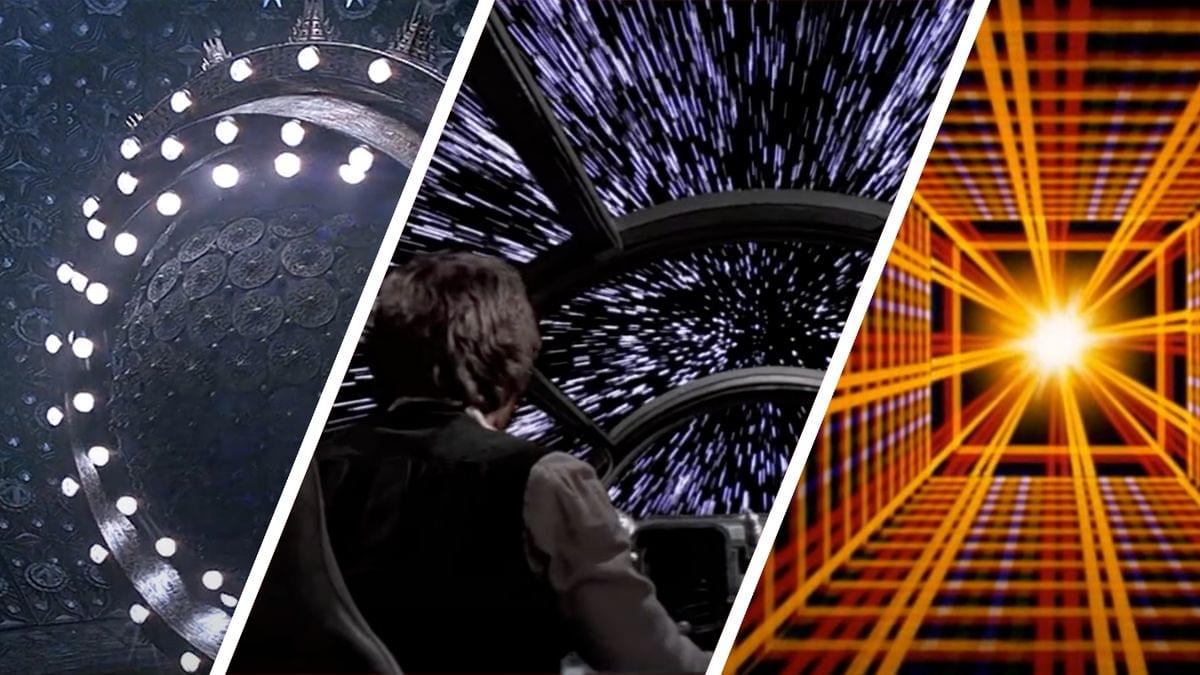

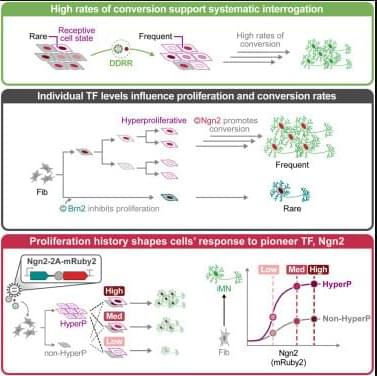

Scientists have devised a way to store and read data from individual atoms embedded in tiny crystals only a few millimeters in size (where 1 mm is 0.04 inches). If scaled up, it could one day lead to ultra-high density storage systems capable of holding petabytes of data on a single disc — where 1 PB is equivalent to approximately 5,000 4K movies.
Encoding data as 1s and 0s is as old as the entire history of computing, with the only difference being the medium used to store this data — moving from vacuum tubes flashing on and off, tiny electronic transistors, or even compact discs (CDs), with pits in the surface representing 1s and smoothness indicating 0.
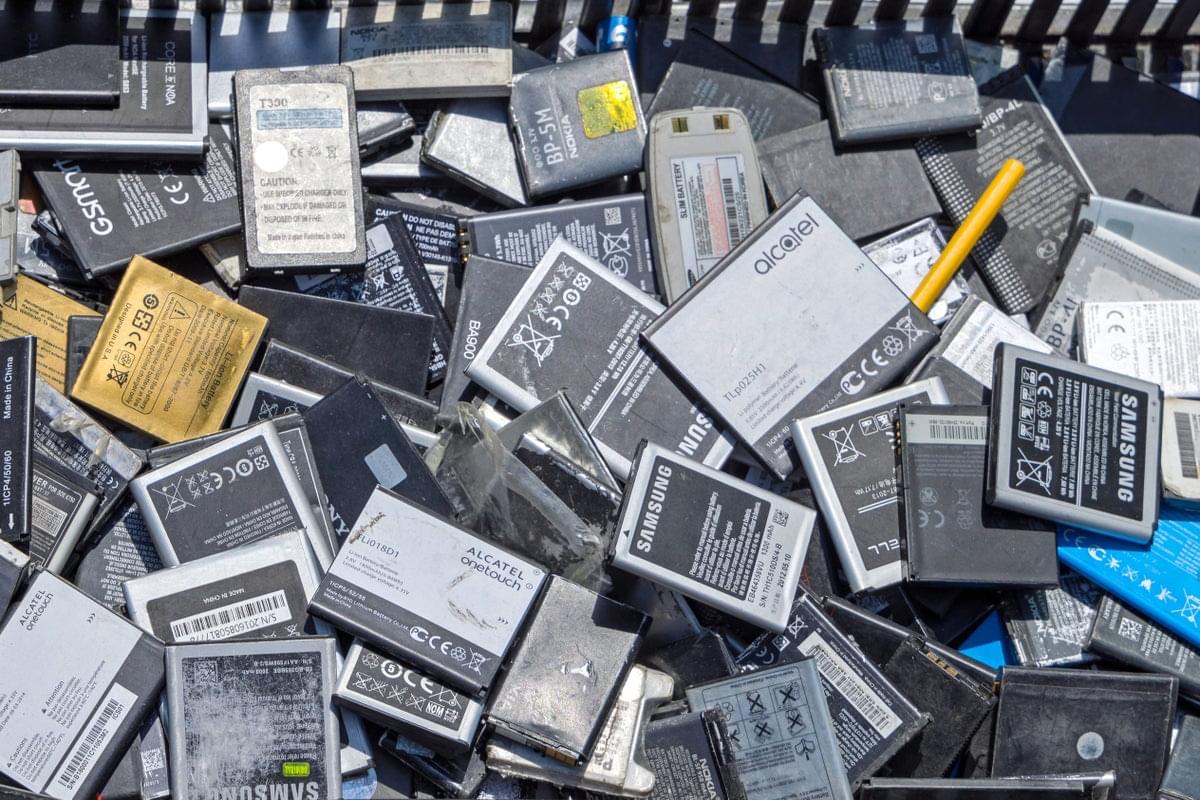
Battery waste has become an increasing problem in recent years due to the massive demand for consumer electronics like smartphones and laptops, as well as the electrification of the automotive industry.
A recent report from Stanford University in the US, published in the journal Nature Communications, found that recycling lithium-ion batteries is far more environmentally friendly than mining for new materials.
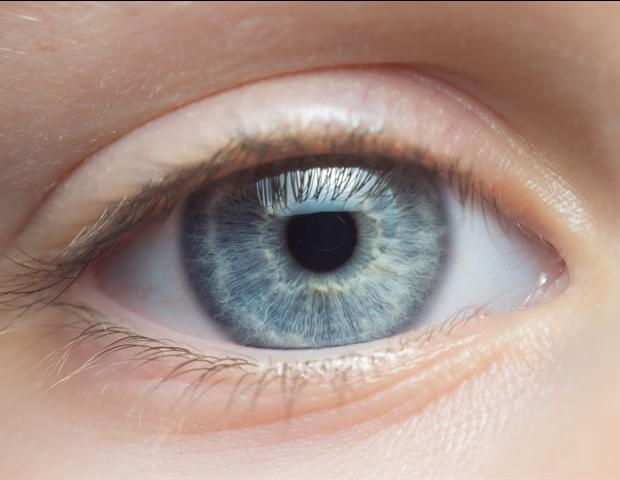
Inside the human eye, the retina is made up of several types of cells, including the light-sensing photoreceptors that initiate the cascade of events that lead to vision. Damage to the photoreceptors, either through degenerative disease or injury, leads to permanent vision impairment or blindness.
David Gamm, director of UW–Madison’s McPherson Eye Research Institute and professor of ophthalmology and visual sciences, says that stem cell replacement therapy using lab-grown photoreceptors is a promising strategy to combat retinal disease. The challenge is that stem cell treatments aimed at replacing photoreceptors need to first be tested in animals. Since human cells are not compatible in other species and are quickly rejected when transplanted, it’s difficult to assess their potential.
Pig and human retinas share many key features, making pigs ideal for modeling human retinal disease and testing ocular therapeutics. By testing ‘human-equivalent’ photoreceptors in pigs, we can get a better sense of what these cells can do if they are not immediately attacked by the host animal.

In research inspired by the principles of quantum mechanics, researchers from Pompeu Fabra University (UPF) and the University of Oxford reveal new findings to understand why the human brain is able to make decisions quicker than the world’s most powerful computer in the face of a critical risk situation. The human brain has this capacity despite the fact that neurons are much slower at transmitting information than microchips, which raises numerous unknown factors in the field of neuroscience.
The research is published in the journal Physical Review E.
It should be borne in mind that in many other circumstances, the human brain is not quicker than technological devices. For example, a computer or calculator can resolve mathematical operations far faster than a person. So, why is it that in critical situations—for example, when having to make an urgent decision at the wheel of a car—the human brain can surpass machines?
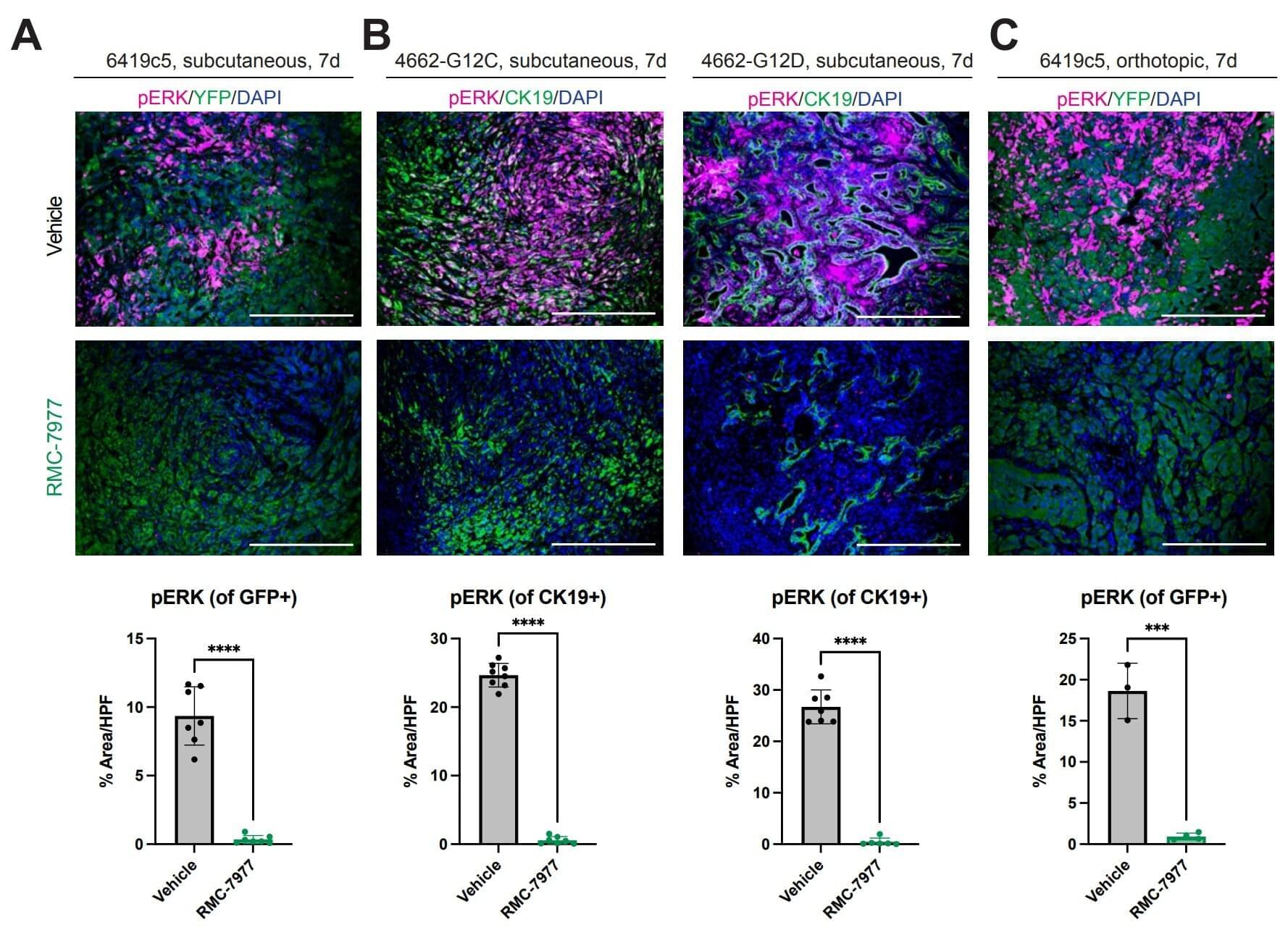
Adding immunotherapy to a new type of inhibitor that targets multiple forms of the cancer-causing gene mutation KRAS kept pancreatic cancer at bay in preclinical models for significantly longer than the same targeted therapy by itself, according to researchers from the Perelman School of Medicine at the University of Pennsylvania and Penn Medicine’s Abramson Cancer Center. The results, published in Cancer Discovery, prime the combination strategy for future clinical trials.
Patients with pancreatic cancer have an overall poor prognosis: in most patients, the disease has already spread at the time of diagnosis, resulting in limited treatment options. Nearly 90 percent of pancreatic cancers are driven by KRAS mutations, the most common cancer-causing gene mutation across cancer types, which researchers long considered “undruggable.”
In 2021, the first KRAS inhibitor was approved to treat non-small cell lung cancer with KRAS G12C mutations, but with longer follow-up, it has become clear that KRAS-mutant cancers can quickly evolve to resist therapies targeted at one specific form of the gene mutation.
#eldddir_earth #eldddir_homo #eldddir_animals.
#eldddir_disaster #eldddir_ocean #eldddir_bombs #eldddir_future #eldddir_tech #eldddir_jupiter #eldddir_mars #eldddir_spacex #eldddir_rockets

Searching for life on other celestial bodies, or at the very least the necessary components to support it, has been fascinating scientists and enthusiasts for centuries. While planets are the obvious choice, their moons can also harbor the chemical ingredients for life.
Saturn is orbited by 146 moons, with Enceladus being the sixth largest at approximately 500km in diameter. This small, icy moon is characterized by its highly reflective white surface and geyser-like jets releasing ice and water vapor hundreds of kilometers into space from its south pole.
NASA’s Cassini spacecraft identified these jets in 2005, before going on to sample them in 2008, 2009 and 2015. Consequently, scientists found that the hot mineral-rich waters possess the necessary components for life, despite the moon’s surface reaching extreme temperatures of −201°C.
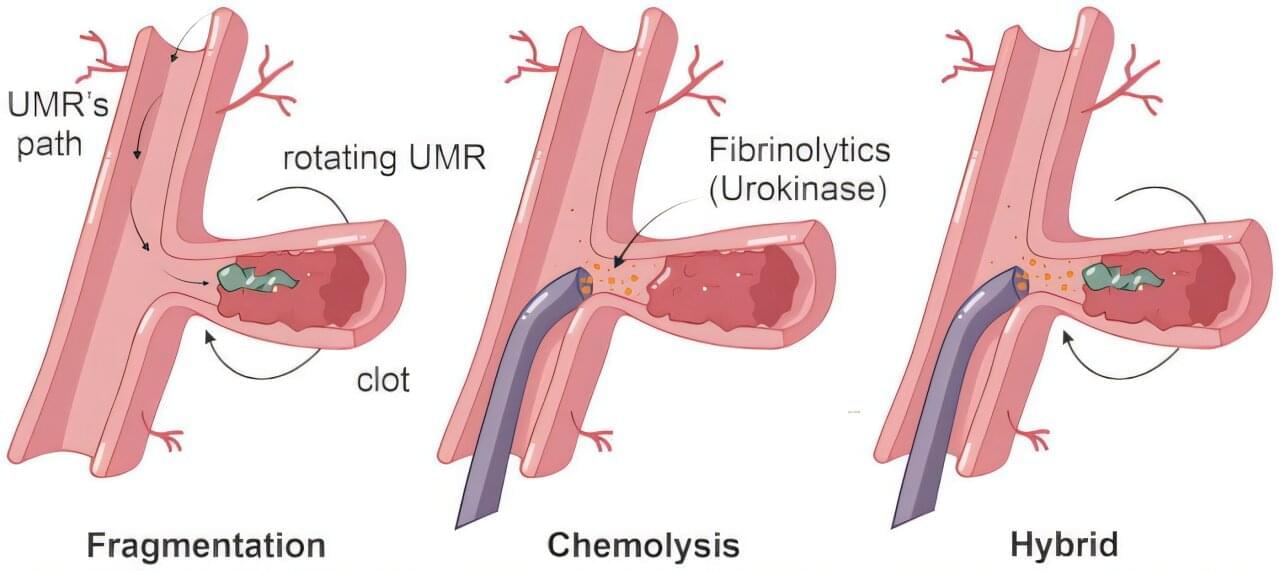
Researchers at the TechMed Center of the University of Twente and Radboud University Medical Center have removed blood clots with wireless magnetic robots. This innovation promises to transform treatment for life-threatening vascular conditions like thrombosis.
Cardiovascular diseases such as thrombosis are a major global health challenge. Each year worldwide, 1 in 4 people die from conditions caused by blood clots. A blood clot blocks a blood vessel, preventing the blood from delivering oxygen to certain areas of the body.
Minimally invasive Traditional treatments struggle with clots in hard-to-reach areas. But magnetic microrobots bring hope to patients with otherwise inoperable clots. The screw-shaped robots can navigate through intricate vascular networks since they are operated wirelessly.